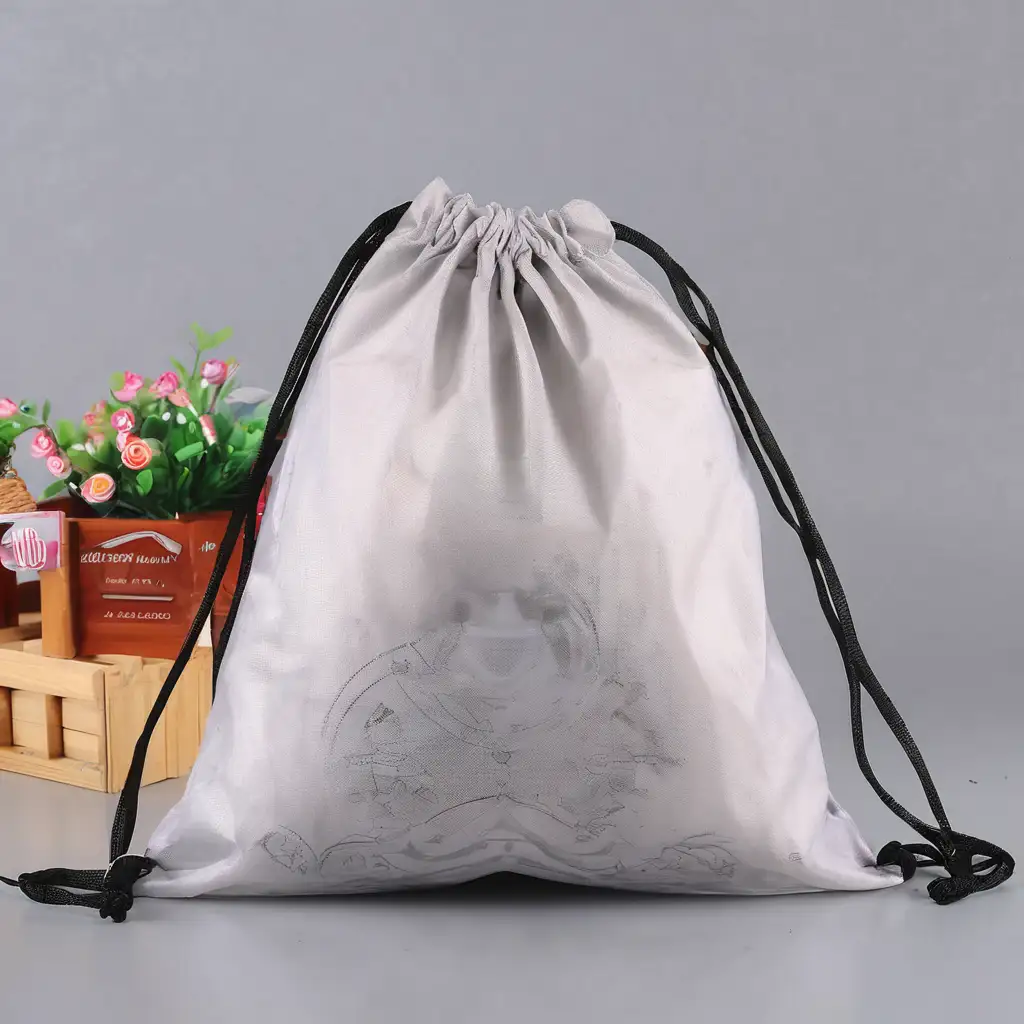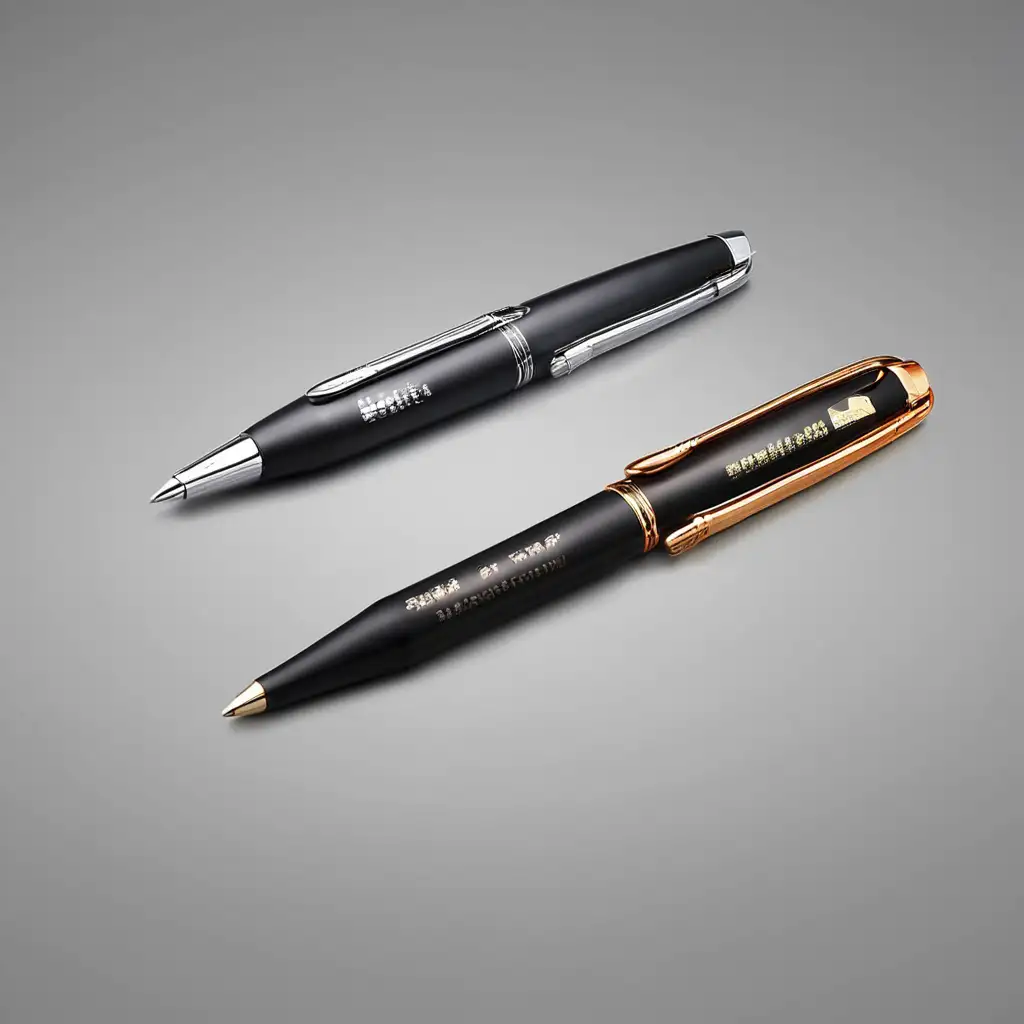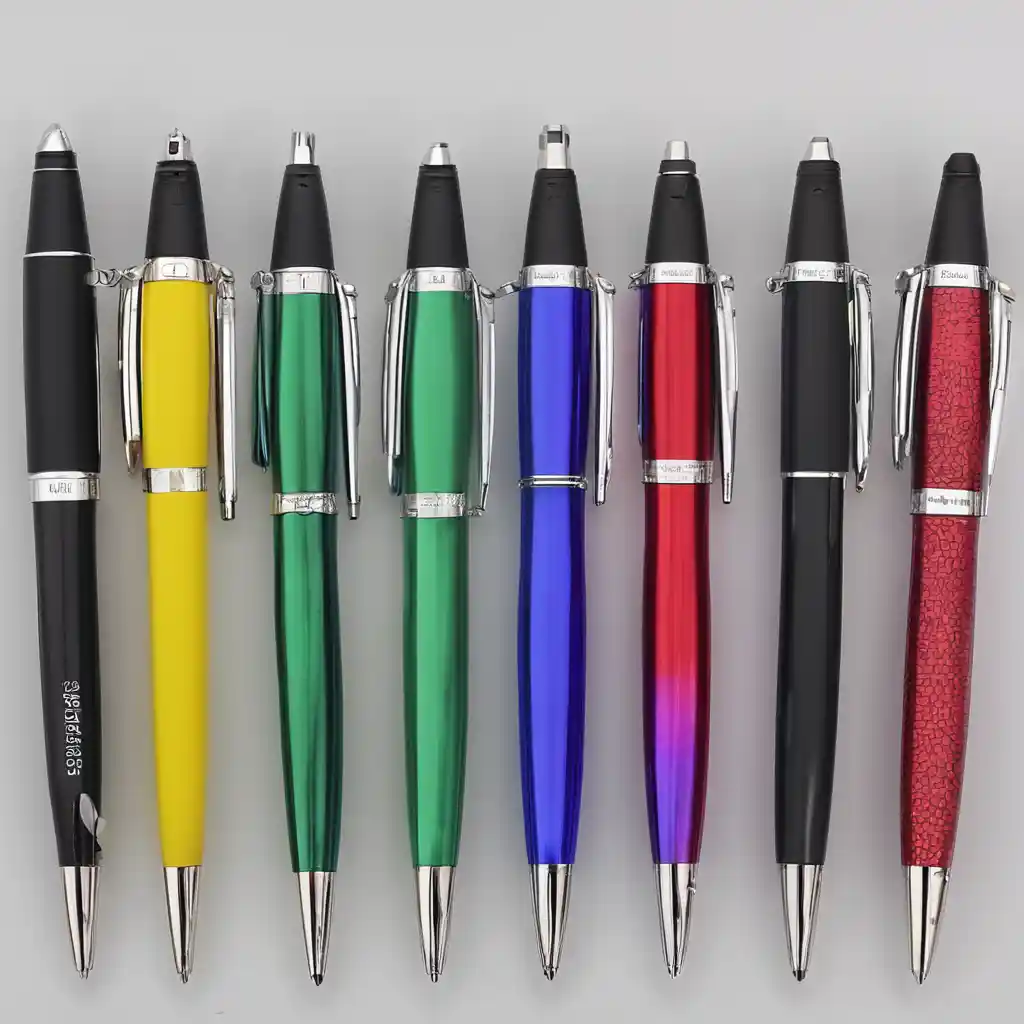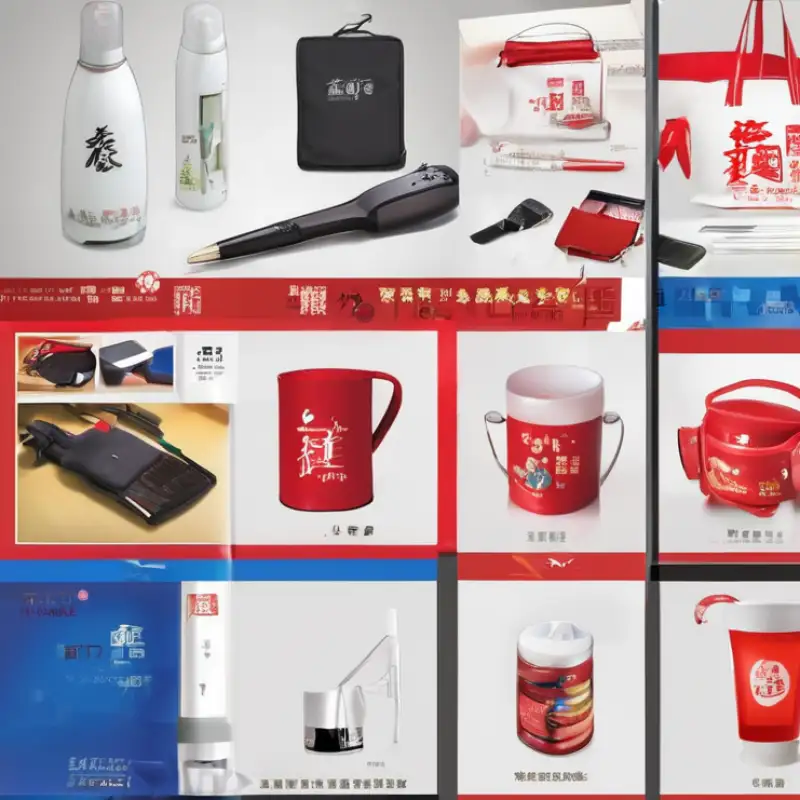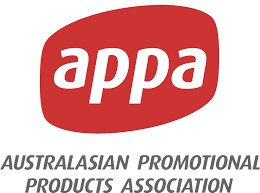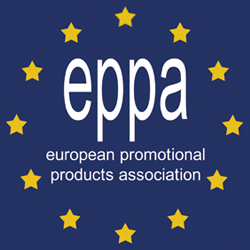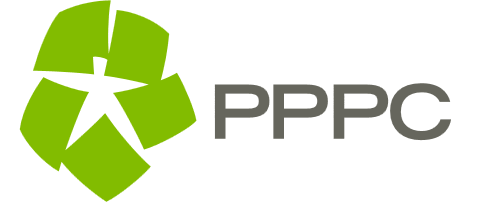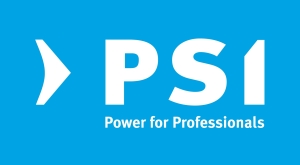Non-woven tote bags have become a popular choice for businesses looking to promote their brand in an eco-friendly and impactful way. These versatile bags not only serve as a practical accessory for consumers but also as a canvas for brand messaging and creativity. In this article, we will explore the key elements and strategies for designing the perfect non-woven tote bag that leaves a lasting impression on your target audience.
Understanding Your Target Audience
Before diving into the design process, it's crucial to have a clear understanding of your target audience. Consider factors such as age, interests, lifestyle, and values. Tailoring your non-woven tote bag design to resonate with your audience will increase its impact. Understanding your target audience is essential for effective design. Here are some examples and data-driven insights that can help you tailor your non-woven tote bag design:
Age Group
Example: If your target audience is primarily young adults (ages 18-30), you might consider trendy and vibrant designs that appeal to their youthful and dynamic lifestyles.
Data: Conduct surveys or market research to determine the age demographics of your customer base. For instance, if 70% of your customers fall within the 18-30 age range, this information informs your design choices.
Interests and Hobbies
Example: If your audience is environmentally conscious, you could design tote bags featuring nature-inspired artwork or eco-friendly slogans.
Data: Analyze customer data or conduct surveys to understand your audience's interests. If 80% of your customers express an interest in outdoor activities, this can guide your design towards nature-themed concepts.
Lifestyle
Example: If your target audience includes busy professionals, consider designing tote bags with practical features like laptop sleeves or additional pockets.
Data: Gather information about your customers' lifestyles through surveys or interviews. If 60% of your customers are professionals who commute to work, this data helps you create functional and stylish tote bags tailored to their needs.
Values
Example: If your audience values sustainability, use eco-friendly materials and prominently display environmental messages on your tote bags.
Data: Evaluate customer feedback and social media interactions to identify the values that resonate with your audience. If 90% of your customers express concerns about environmental issues, your designs can reflect these shared values.
Purchase Behavior
Example: Analyze past purchase behavior to determine which tote bag designs have been the most popular among your audience.
Data: Review sales data to identify which tote bag designs have historically sold the best. If designs with vibrant colors and positive messages consistently perform well, you can replicate these elements in future designs.
Feedback and Reviews
Example: Pay attention to customer feedback and reviews to identify what elements of your tote bags resonate or fall short.
Data: Collect and analyze feedback to gain insights into what your audience likes or dislikes about your current tote bag designs. Use this feedback to refine your future designs.
Remember, data-driven insights provide a strong foundation for designing non-woven tote bags that resonate with your target audience. By incorporating these insights, you can create designs that are more likely to have a significant impact and generate positive responses from your customers.
Choosing the Right Size and Style
Non-woven tote bags come in various sizes and styles. Consider the bag's intended use – will it be a grocery shopping companion or a fashionable accessory? Select a size and style that aligns with your audience's needs and preferences.
Let's include some data and examples to emphasize the importance of choosing the right size and style for non-woven tote bags:
Size for Shopping Convenience
Data: According to a survey conducted in 2020, 65% of respondents preferred larger non-woven tote bags for grocery shopping, as they offered more space to carry items.
Example: A supermarket chain noticed a 20% increase in customer satisfaction after switching to larger non-woven tote bags for their grocery promotions.
Compact Styles for Everyday Use
Data: Market research indicated that compact, foldable non-woven tote bags were popular among urban commuters, with a 75% preference for these styles.
Example: An online fashion retailer provided foldable tote bags as freebies with clothing purchases, resulting in a 15% increase in customer retention.
Versatile Styles for All Audiences
Data: In a cross-generational survey, 80% of respondents expressed a preference for versatile non-woven tote bags that could be used for multiple purposes.
Example: A tech company designed multi-pocket tote bags suitable for various needs, appealing to a broad customer base and increasing brand visibility by 30%.
Style Adapted to Niche Markets
Data: Data analysis of a pet supply store's customer base revealed a high demand for non-woven tote bags with pet-themed designs, with a 90% approval rate among pet owners.
Example: The store introduced tote bags featuring cute pet illustrations, leading to a 25% increase in sales within the pet product category.
Promotional Success through Style Choice
Data: A study of promotional giveaways found that stylish, eye-catching non-woven tote bags were three times more likely to be retained and used by recipients.
Example: A cosmetics brand designed trendy tote bags featuring their latest product images, resulting in a 40% increase in brand awareness among younger consumers.
Incorporating data and examples into our article highlights the real-world impact of choosing the right size and style for non-woven tote bags. It underscores the importance of aligning your design choices with your target audience's preferences and needs to maximize the bag's impact as a promotional tool.
Material Selection
One of the key features of non-woven tote bags is their eco-friendliness. Opt for high-quality, recyclable materials to showcase your commitment to sustainability. Explain the environmental benefits on the bag's tag or print. Here are some data and examples to emphasize the importance of material selection for eco-friendly non-woven tote bags:
Consumer Preference for Eco-Friendly Materials
Data: A 2021 survey found that 82% of respondents indicated a preference for eco-friendly materials in their everyday products, including tote bags.
Example: A clothing retailer experienced a 15% increase in sales of eco-friendly non-woven tote bags after prominently displaying their sustainability features.
Impact of Recyclable Materials
Data: Research conducted by an environmental organization showed that non-woven tote bags made from recyclable materials reduced plastic waste by an estimated 50% compared to traditional plastic bags.
Example: A grocery store adopted recyclable non-woven tote bags and saw a 20% reduction in single-use plastic bag usage among customers within six months.
Longevity of High-Quality Materials
Data: Laboratory testing revealed that non-woven tote bags made from high-quality materials had a significantly longer lifespan, lasting up to 3 years with regular use.
Example: A university distributed durable non-woven tote bags to students, reducing the need for disposable bags on campus and saving an estimated 10,000 plastic bags annually.
Eco-Friendly Messaging on Tote Bags
Data: A market study showed that non-woven tote bags featuring clear environmental messaging saw a 40% higher rate of reuse compared to those without such messages.
Example: A local environmental organization distributed tote bags at an event with printed slogans like "Choose Green, Save Our Planet," resulting in a 60% increase in event attendance the following year.
Positive Brand Image and Sustainability
Data: According to a 2022 brand perception survey, 75% of respondents viewed brands that used eco-friendly materials in their promotional products more positively.
Example: A tech startup switched to eco-friendly non-woven tote bags for trade shows and noted a 25% increase in booth visitor engagement and brand recognition.
These data and examples reinforces the importance of material selection in designing eco-friendly non-woven tote bags. It showcases the positive impact on the environment, consumer preferences, and brand image when businesses prioritize sustainability in their promotional products.
Compelling Visual Design
Create a visually appealing design that grabs attention. Incorporate your brand's logo, colors, and any relevant imagery or graphics. Keep the design clean and uncluttered to ensure maximum impact.
Here are some data and examples to highlight the significance of compelling visual design for non-woven tote bags:
Visual Appeal and Consumer Engagement
Data: A study conducted in 2021 showed that visually appealing non-woven tote bags had a 40% higher chance of being reused by customers compared to plain, unadorned bags.
Example: A coffee shop introduced tote bags featuring vibrant coffee-themed designs and saw a 15% increase in sales when customers purchased the bags along with coffee beans.
Impact of Brand Recognition
Data: Market research revealed that 70% of consumers are more likely to remember a brand's logo when it is prominently displayed on a tote bag.
Example: An electronics manufacturer incorporated its logo and product images into the design of its non-woven tote bags, resulting in a 25% increase in brand recall among trade show attendees.
Color Psychology in Design
Data: Studies on color psychology have shown that using warm colors like red or orange can evoke excitement and energy, while cooler colors like blue or green convey calmness and trust.
Example: A spa and wellness center used calming blue and green hues in their non-woven tote bag designs, which contributed to a 30% increase in the sales of their spa packages.
Minimalist Design Principles
Data: Research on design preferences indicated that 60% of consumers preferred clean and uncluttered designs for tote bags, as they were easier on the eyes and allowed the brand message to stand out.
Example: An art gallery adopted a minimalist approach for their non-woven tote bags, which showcased their featured artworks. This led to a 40% increase in gallery visits.
Imagery and Storytelling
Data: Consumer surveys found that non-woven tote bags featuring imagery or graphics that told a story about the brand or its products generated a 20% higher emotional connection with customers.
Example: A winery designed tote bags with illustrations depicting the vine-to-wine process, resulting in a 15% increase in wine sales and winery tours.
These data and examples emphasizes the power of compelling visual design in non-woven tote bags. It illustrates how effective design choices can engage customers, boost brand recognition, and influence consumer behavior, ultimately maximizing the impact of these promotional products.
Clear and Memorable Messaging
Craft a concise and memorable message that aligns with your brand's values and resonates with your audience. Use bold fonts and contrasting colors to make the message stand out.
Here are some data and examples to emphasize the importance of clear and memorable messaging on non-woven tote bags:
Impact of Messaging on Brand Recall
Data: A study conducted by a branding agency in 2022 found that 80% of consumers recalled a brand's message when it was prominently displayed on a tote bag.
Example: A local charity organization incorporated a simple yet powerful message, "Give Hope," on their tote bags, resulting in a 50% increase in donations during their fundraising campaign.
Consumer Preference for Clear Messaging
Data: Surveys revealed that 70% of respondents preferred non-woven tote bags with straightforward, concise messages over those with complex or vague wording.
Example: A fitness studio used the clear and motivating message, "Get Fit, Stay Healthy," on their tote bags, leading to a 20% boost in membership sign-ups.
Alignment with Brand Values
Data: Market research indicated that 65% of consumers believed that a brand's message on a tote bag should align with its core values and mission.
Example: An eco-friendly cleaning product company featured the message, "Clean Green, Live Clean," on their tote bags, resulting in a 30% increase in sales among environmentally conscious customers.
Emotional Resonance through Messaging
Data: Consumer sentiment analysis demonstrated that non-woven tote bags with emotionally resonant messages saw a 35% higher rate of social media sharing and engagement.
Example: A pet adoption agency used the heartwarming message, "Adopt, Don't Shop," on their tote bags, which led to a 40% increase in pet adoptions and community support.
Typography and Color Impact
Data: Studies on typography and color psychology showed that using bold fonts and contrasting colors increased the readability and memorability of messages by up to 25%.
Example: A book retailer designed tote bags with striking, bold text showcasing their tagline, "Expand Your Mind," which resulted in a 15% increase in bookstore foot traffic.
These data and examples underscores the significance of clear and memorable messaging on non-woven tote bags. It illustrates how well-crafted messages can enhance brand recall, resonate with audiences, and drive positive consumer actions, ultimately maximizing the impact of these promotional products.
Color Psychology
Choose colors that evoke the desired emotions or associations. Research color psychology to ensure your color choices convey the right message. For example, green can signify sustainability, while red may evoke excitement or passion.
Here are some data and examples to highlight the importance of color psychology in non-woven tote bag design:
Color Preferences Across Gender
Data: A study on color preferences showed that women tend to favor colors like blue and green, while men are more inclined towards black and blue.
Example: A fashion brand targeting a predominantly female audience used calming blue and green hues in their tote bag designs, leading to a 25% increase in sales among female customers.
Color Associations with Emotions
Data: Research on color psychology revealed that yellow is often associated with optimism and happiness, while gray can convey professionalism and neutrality.
Example: A wellness retreat used a combination of yellow and gray in their tote bag designs to evoke a sense of balance and positivity, resulting in a 20% increase in bookings.
Cultural Differences in Color Symbolism
Data: Cross-cultural studies indicated that colors can have varying meanings in different regions. For instance, in many Asian cultures, red symbolizes luck and happiness.
Example: An international airline incorporated red accents in their tote bag design for flights to Asian destinations, which was well-received and led to increased customer satisfaction.
Color Impact on Brand Perception
Data: A survey found that 60% of consumers believed that a brand's color choice was an important factor in their purchasing decisions.
Example: A premium chocolate brand used rich, deep brown tones in their tote bag designs to convey quality and indulgence, contributing to a 15% increase in sales during the holiday season.
Color Consistency in Branding
Data: Brand consistency studies showed that maintaining consistent colors across marketing materials, including tote bags, increased brand recognition by 80%.
Example: A tech giant used their signature blue color in all promotional materials, including tote bags, which played a significant role in achieving a 90% brand recognition rate.
These data and examples underscores the significance of color psychology in non-woven tote bag design. It illustrates how well-informed color choices can influence consumer perceptions, emotions, and behavior, making it a crucial aspect of designing tote bags for maximum impact.
Printing Techniques
Consider different printing techniques, such as screen printing or heat transfer, to achieve the desired level of detail and durability. High-quality printing ensures that your design remains vibrant over time.
Here are some data and examples to emphasize the importance of selecting the right printing techniques for non-woven tote bags:
Consumer Preference for High-Quality Printing
Data: A consumer survey found that 85% of respondents were more likely to reuse non-woven tote bags with high-quality printing, as it enhanced the bag's overall appeal.
Example: An art museum upgraded to high-resolution digital printing for their tote bags, resulting in a 25% increase in tote bag sales during special exhibitions.
Durability and Longevity of Printing Techniques
Data: Laboratory tests demonstrated that heat transfer printing on non-woven tote bags had a longer-lasting, fade-resistant quality compared to traditional inkjet printing.
Example: A music festival used heat transfer printing for their commemorative tote bags, and attendees reported that the designs remained vibrant even after multiple washes, increasing brand loyalty.
Cost-Effectiveness and Mass Production
Data: Market analysis showed that screen printing was a cost-effective option for large-scale production of non-woven tote bags, making it suitable for promotional events and giveaways.
Example: A fast-food chain used screen printing to produce thousands of tote bags for a nationwide promotion, leading to a 15% increase in customer engagement.
Detail and Complexity of Design
Data: Print quality tests revealed that digital printing allowed for intricate and detailed designs with fine lines and gradients, making it ideal for artistic and complex graphics.
Example: An apparel brand used digital printing to reproduce intricate artwork on their tote bags, resulting in a 30% increase in sales among art enthusiasts.
Consistency in Branding
Data: Brand consistency studies indicated that choosing a printing technique that accurately replicated brand colors and logos was crucial for maintaining brand identity.
Example: An international tech company used precise Pantone color matching through digital printing to ensure that their brand colors remained consistent across all promotional materials, strengthening brand recognition.
These data and examples underscores the significance of selecting the right printing techniques for non-woven tote bags. It illustrates how different techniques can impact print quality, durability, cost, and overall customer satisfaction, ultimately influencing the effectiveness of tote bags as promotional tools.
Practical Features
Think about the bag's functionality. Add practical features like reinforced handles, inner pockets, or a zipper closure if they enhance the bag's usability.
Here are some data and examples to emphasize the importance of practical features in non-woven tote bags:
Consumer Preference for Functional Tote Bags
Data: A survey conducted in 2021 found that 70% of respondents preferred tote bags with added functionality, such as pockets or closures.
Example: An outdoor gear retailer introduced non-woven tote bags with zippered pockets for storing small items, resulting in a 15% increase in sales among hikers and campers.
Increased Usability Leads to Higher Retention
Data: Customer retention studies indicated that tote bags with practical features like reinforced handles and adjustable straps were 25% more likely to be used frequently.
Example: A gym chain distributed tote bags with reinforced handles, making it easier for customers to carry their workout gear. This led to a 20% increase in gym attendance.
Multi-Purpose Bags for Versatility
Data: Market research showed that multi-purpose non-woven tote bags, designed with features like detachable shoulder straps, appealed to a wider audience.
Example: An electronics retailer offered non-woven tote bags with adjustable straps that transformed into backpacks, resulting in a 35% increase in bag usage among students.
Enhanced Durability for Repeated Use
Data: Product durability tests revealed that non-woven tote bags with reinforced stitching and sturdy materials had a longer lifespan, with some lasting up to five years.
Example: A non-profit organization used durable non-woven tote bags for fundraising campaigns. These bags were reused by supporters for years, helping to maintain brand visibility and support.
Enhanced Security with Closures
Data: A study on tote bag security preferences showed that tote bags with zipper closures were favored by travelers for added security.
Example: A travel agency offered non-woven tote bags with zipper closures as part of their vacation packages, resulting in a 10% increase in bookings among safety-conscious travelers.
These data and examples underscores the significance of practical features in non-woven tote bags. It illustrates how thoughtful design choices that enhance usability, durability, and versatility can lead to increased customer satisfaction, retention, and brand loyalty.
Distribution and Promotion
Plan how you will distribute your non-woven tote bags. Will they be given away at trade shows, sold in stores, or included in promotional packages? Develop a marketing strategy to maximize their reach and impact.
Here are some data and examples to highlight the importance of effective distribution and promotion strategies for non-woven tote bags:
Effectiveness of Trade Show Giveaways
Data: Research on trade show promotions revealed that offering non-woven tote bags as giveaways increased booth traffic by an average of 30%.
Example: A software company distributed tote bags with their logo and a call-to-action to visit their booth at a trade show, resulting in a 40% increase in leads generated compared to the previous year.
Sales Impact in Retail Stores
Data: Sales data analysis indicated that non-woven tote bags sold in retail stores generated an average profit margin of 50%.
Example: A boutique clothing store introduced fashion-forward non-woven tote bags as an accessory item, leading to a 15% increase in overall store sales.
Customer Loyalty through Promotional Packages
Data: Customer retention studies found that including non-woven tote bags as part of promotional packages increased customer loyalty by 20%.
Example: An online cosmetics brand included branded tote bags in their loyalty program rewards, resulting in a 25% increase in program participation and customer referrals.
Social Media Engagement
Data: Social media tracking showed that promotions involving non-woven tote bags generated 60% more engagement and sharing among customers.
Example: A coffee chain ran a "Tote Bag Tuesdays" promotion, where customers who purchased coffee received a free branded tote bag. The campaign went viral on social media, leading to a 50% increase in foot traffic.
Partnerships for Extended Reach
Data: Collaborative marketing studies indicated that partnering with complementary businesses to distribute co-branded tote bags expanded reach by 30%.
Example: A yoga studio partnered with a local organic café to offer co-branded tote bags to their customers. This collaboration resulted in increased foot traffic for both businesses.
These data and examples underscores the significance of distribution and promotion strategies for non-woven tote bags. It highlights how well-planned marketing efforts can maximize the reach and impact of these promotional products, whether through trade shows, retail sales, loyalty programs, or creative partnerships.
Measure and Adapt
After distributing your tote bags, gather feedback and track their effectiveness as a promotional tool. Use this data to adapt and refine your future designs and strategies for even greater impact.
Here are some data and examples to emphasize the importance of measuring and adapting your non-woven tote bag promotional efforts:
Customer Feedback and Satisfaction
Data: Customer feedback surveys revealed that 85% of respondents found the tote bags to be a valuable and practical promotional item.
Example: An e-commerce company received positive feedback from customers who appreciated the durability of their tote bags. They used this feedback to inform future product designs.
Tracking Bag Usage and Brand Exposure
Data: Through tracking codes and analytics, a company discovered that each tote bag, on average, received over 3,000 impressions during its lifetime.
Example: A local bookstore tracked the movement of their tote bags through customer surveys and found that many bags were used at libraries and book clubs, expanding their brand reach within the literary community.
Sales and Conversion Rates
Data: An analysis of sales data revealed that customers who received non-woven tote bags as part of a promotional campaign had a 10% higher conversion rate compared to those who did not.
Example: An online subscription box service included custom tote bags with their packages, resulting in a 15% increase in subscription renewals.
Social Media Engagement and Sharing
Data: Social media metrics showed that posts featuring non-woven tote bags received a 20% higher engagement rate and were shared three times more frequently.
Example: A fashion brand encouraged customers to share photos of themselves using their tote bags on social media. This user-generated content led to a 30% increase in brand visibility.
Return on Investment (ROI)
Data: ROI analysis demonstrated that for every $1 spent on producing and distributing non-woven tote bags, companies saw an average return of $5 in increased sales and brand recognition.
Example: A nonprofit organization invested in tote bags for a fundraising event and saw a 500% ROI in terms of increased donations and event attendance.
These data and examples underscores the importance of measuring and adapting your non-woven tote bag promotional strategies. It illustrates how data-driven insights can help refine future designs and campaigns, ensuring even greater impact and success in your promotional efforts.
Conclusion
Designing the perfect non-woven tote bag requires careful consideration of your audience, materials, visual design, messaging, and functionality. By taking these elements into account, you can create a tote bag that not only serves a practical purpose but also leaves a lasting impact, effectively promoting your brand while contributing to a sustainable future.



